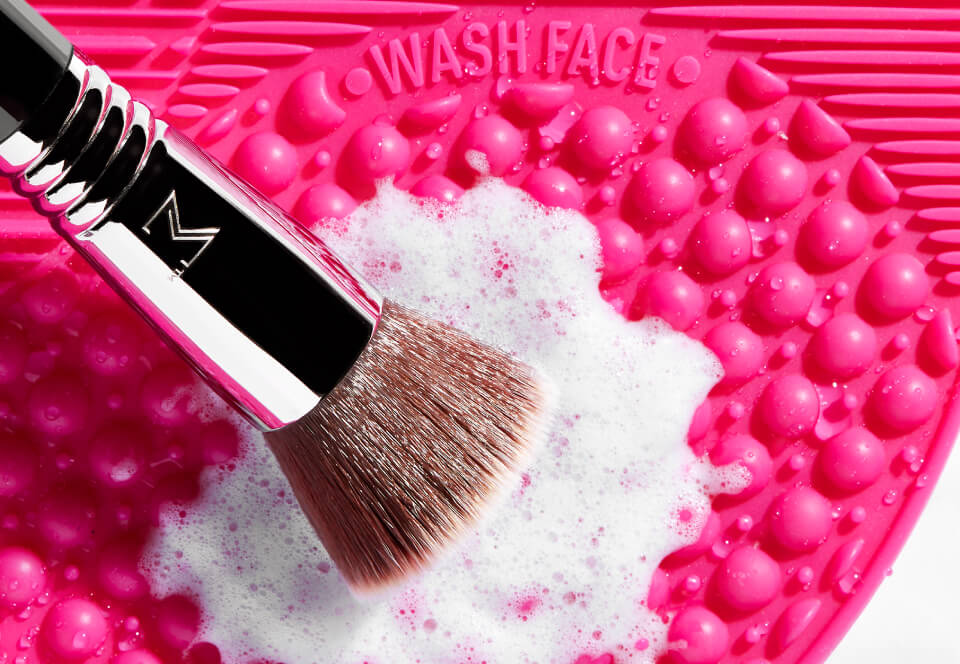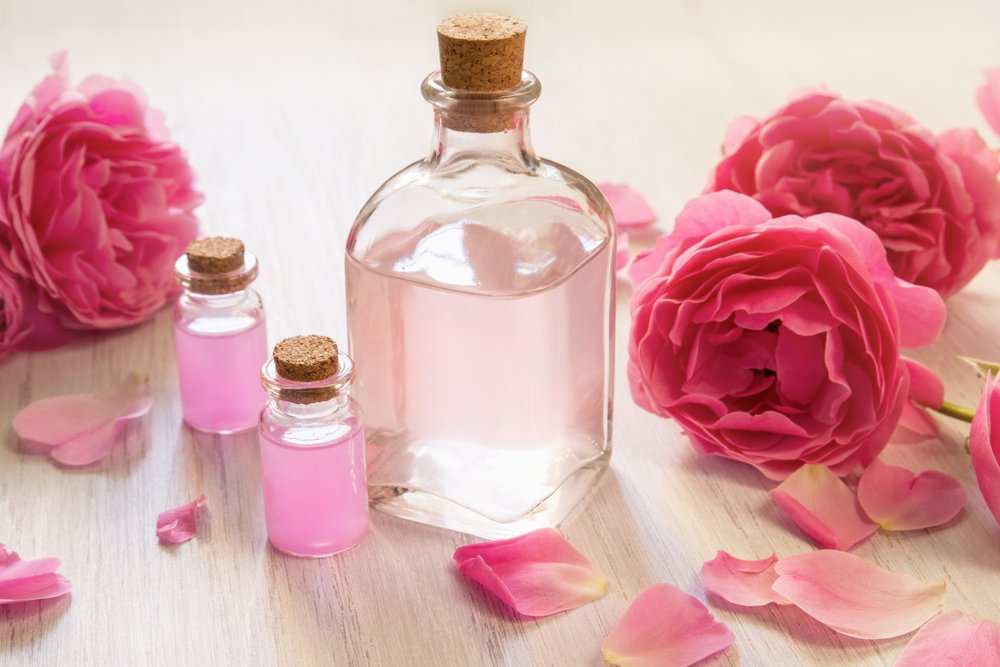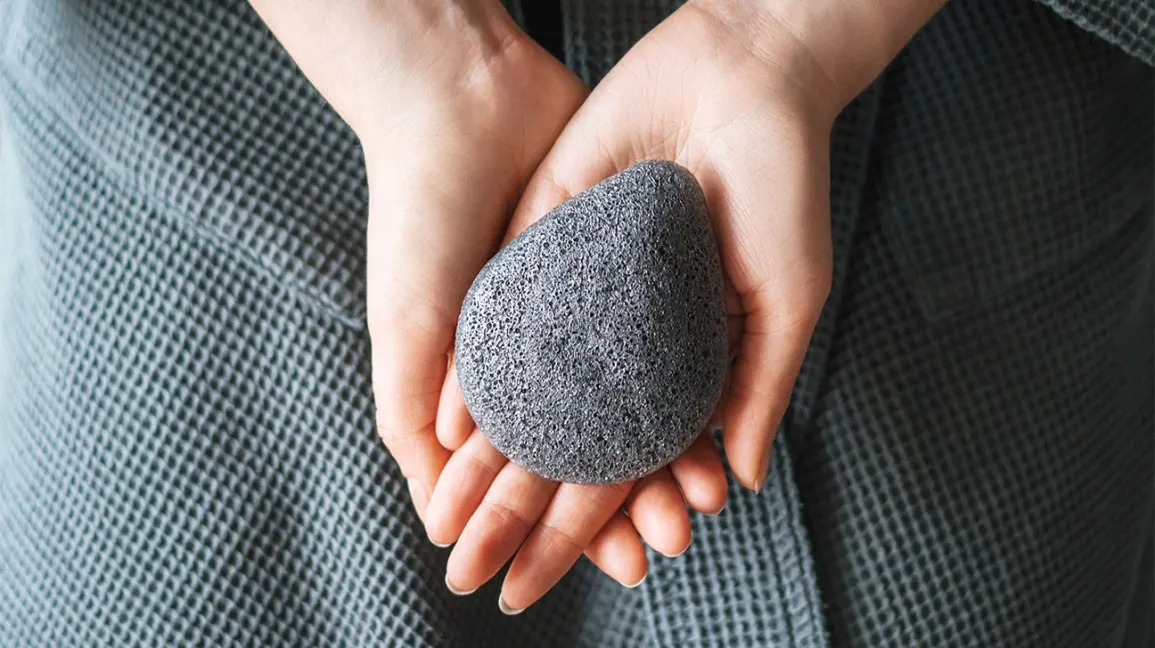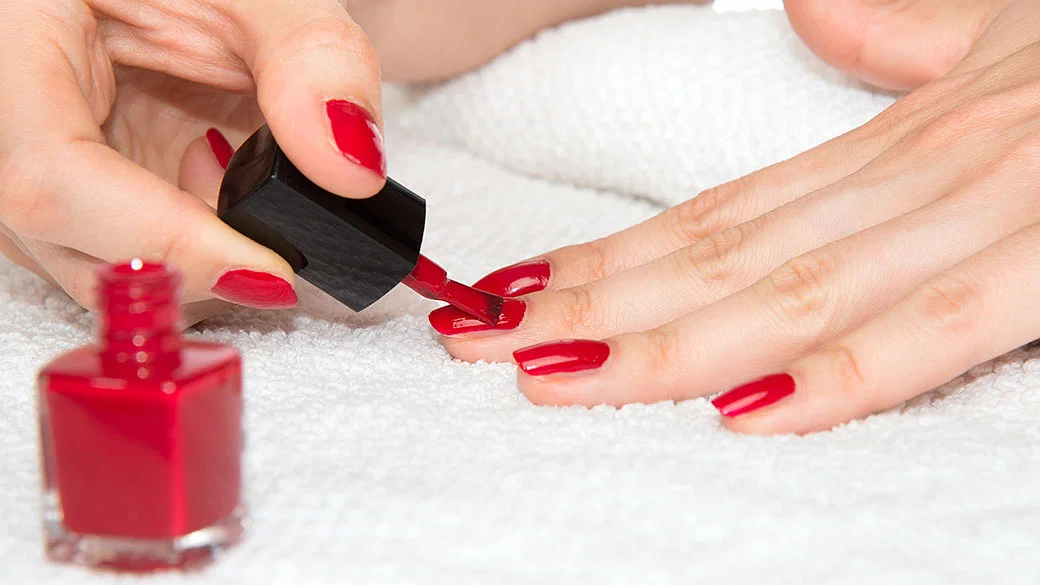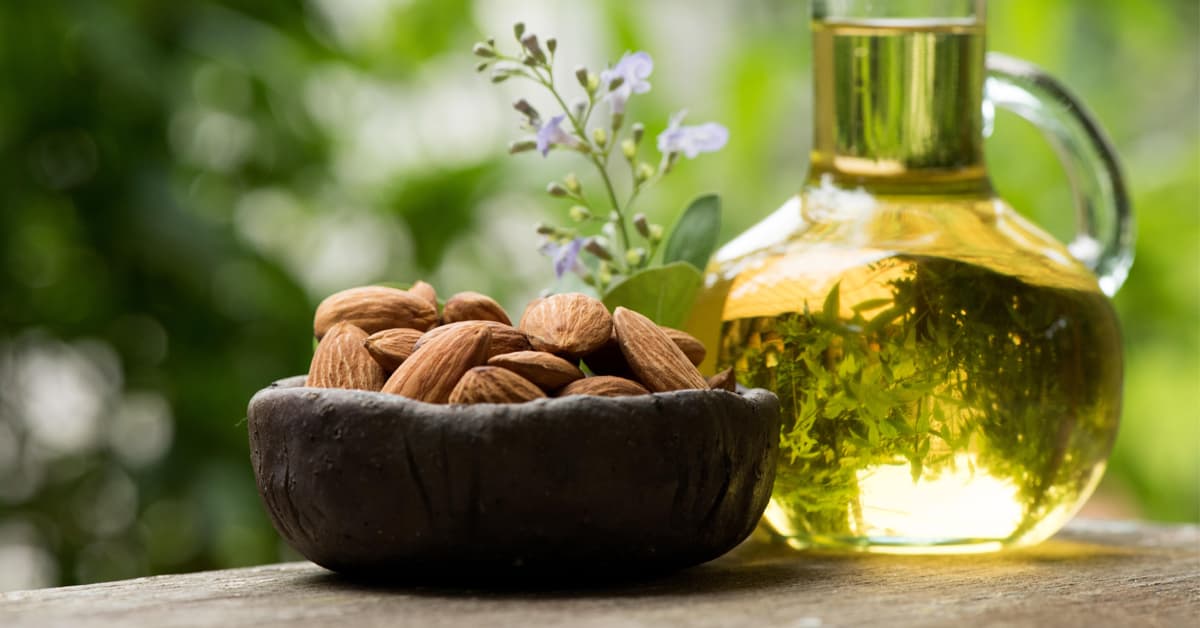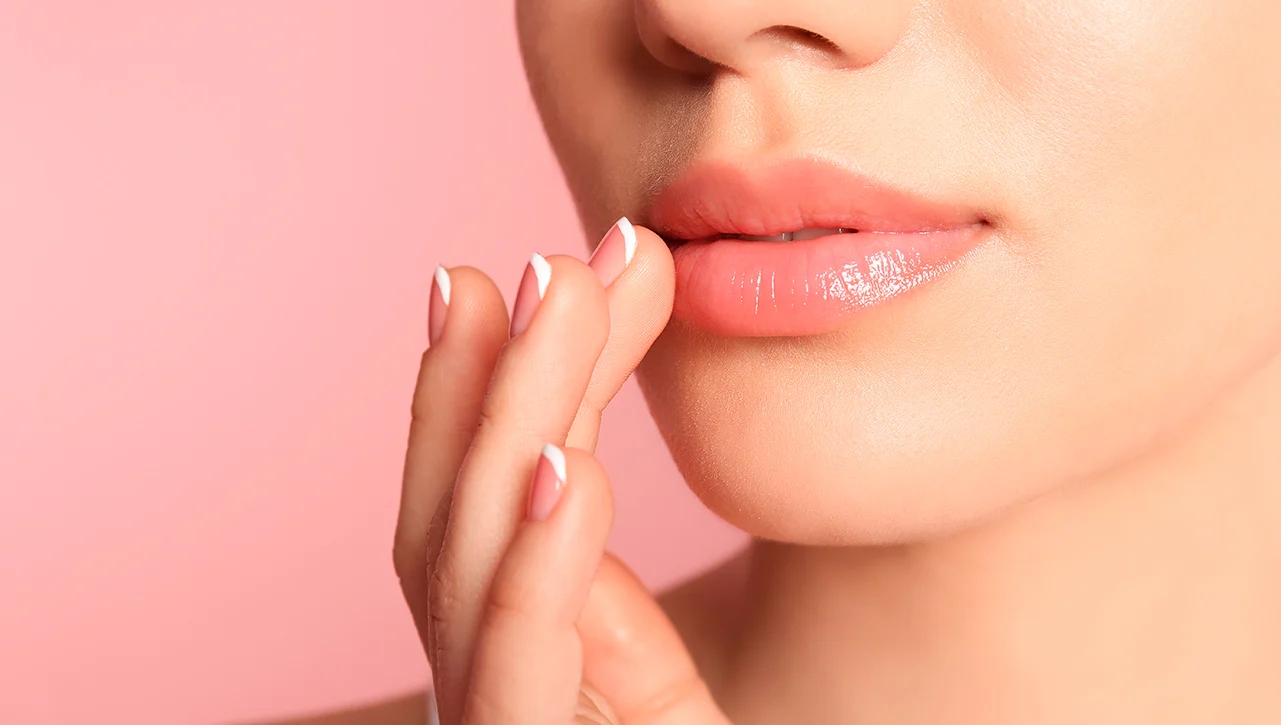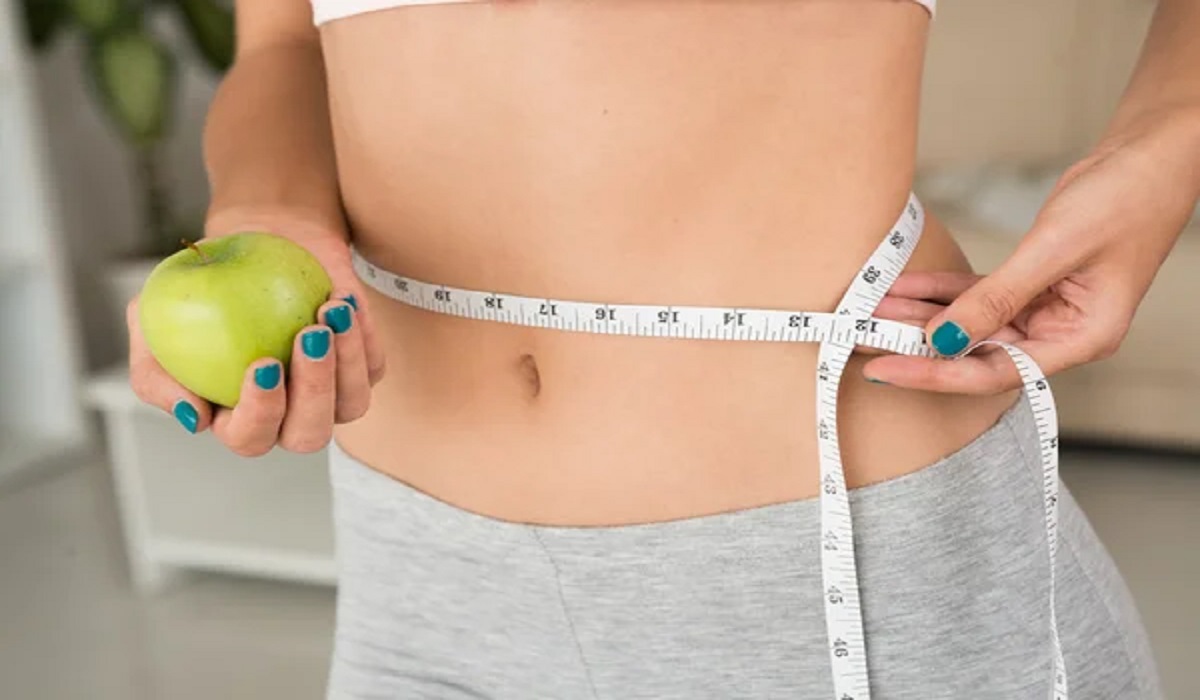Eyelashes not only play a crucial role in protecting your eyes from debris but also enhance the beauty of your eyes, contributing significantly to your facial aesthetics. However, many people experience eyelash loss due to various reasons, ranging from poor cosmetic practices to underlying health conditions. This comprehensive guide delves into the causes of lash loss and provides actionable tips to prevent it, ensuring your lashes remain healthy and robust.

Eyelash loss, or madarosis, can result from several factors, including but not limited to aging, harsh cosmetic practices, certain medical conditions, and lifestyle choices. Recognizing the underlying cause is the first step towards preventing further loss and encouraging healthy lash growth.
Causes of Eyelash Loss
- Aging: Natural aging process can thin out lashes.
- Harsh Makeup Practices: Rigorous application and removal of eye makeup can lead to lash loss.
- Medical Conditions: Conditions like blepharitis, thyroid disorders, and alopecia areata can cause lash loss.
- Lifestyle Factors: Stress and poor nutrition can adversely affect lash health.
Preventive Measures for Lash Loss
Gentle Makeup Use and Removal
Opt for high-quality, non-irritating makeup products and be gentle when applying or removing makeup. Using a soft, oil-based remover can help prevent damage to your lashes.
Nutrition and Hydration
A well-balanced diet rich in vitamins and minerals supports lash growth. Foods high in protein, vitamins E and C, and omega-3 fatty acids are particularly beneficial.
Proper Eyelid Hygiene
Maintaining clean eyelids can prevent infections that lead to lash loss. Regularly cleaning your eyelids with a gentle cleanser can keep your lash follicles healthy.
Avoiding Harsh Treatments
Minimize the use of eyelash curlers and avoid harsh treatments like lash extensions and perms, which can weaken your lashes over time.
Stress Management
Since stress can impact lash growth, adopting stress-reduction techniques such as yoga, meditation, or regular exercise can be beneficial.
Lash-enhancing Products
Consider using over-the-counter lash serums that contain ingredients like peptides and biotin, which can promote lash growth. However, be cautious and choose products with proven safety records.
Regular Check-ups
Regular medical check-ups can help identify and treat any underlying health conditions that may be causing lash loss.
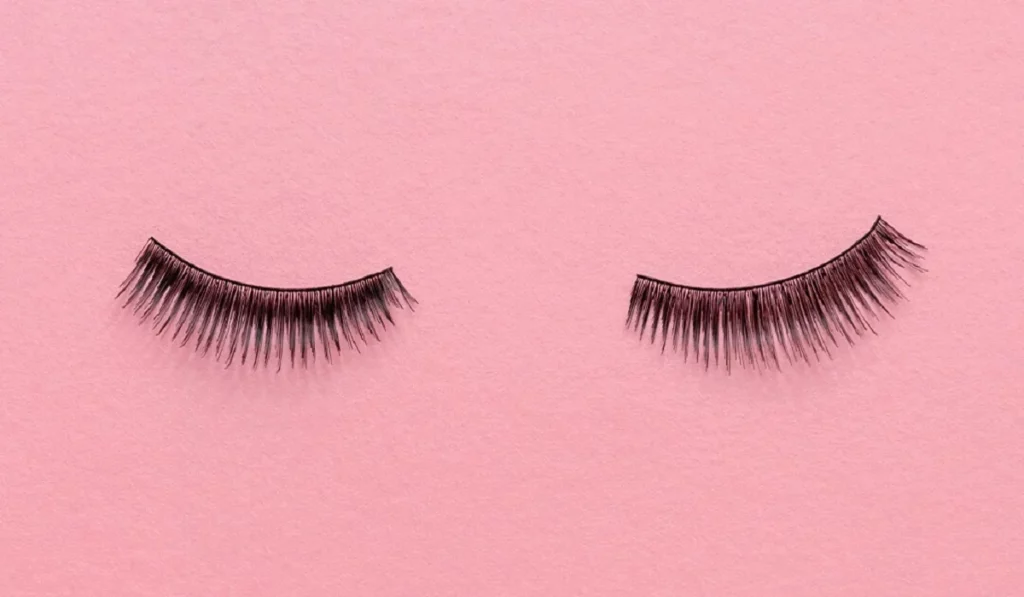
When to See a Doctor?
If you notice significant lash loss, it’s crucial to consult a healthcare professional to rule out any underlying medical issues. Early diagnosis and treatment can prevent further lash loss and potentially reverse the condition.
Preventing eyelash loss involves a combination of gentle cosmetic practices, proper nutrition, stress management, and avoiding harsh treatments. By understanding the potential causes and adopting preventative measures, you can maintain healthy, beautiful lashes. Remember, if you experience significant lash loss, it’s important to consult a healthcare professional to address any underlying conditions.
Incorporating these tips into your daily routine can significantly reduce the risk of lash loss and ensure your eyelashes remain healthy and vibrant. Remember, patience and consistency are key when it comes to lash care. With the right approach, you can enjoy the lush, beautiful lashes you desire.
Can mascara cause lash loss? Yes, particularly if you use waterproof mascara frequently or do not remove your makeup gently.
Is it normal to lose a few lashes daily? Yes, losing a few lashes daily is part of the natural growth cycle. However, excessive loss may indicate an underlying issue.
Can lash serums help prevent lash loss? Some lash serums can nourish and strengthen lashes, reducing the risk of loss. However, choose products wisely and be aware of potential side effects.
How long does it take for lashes to grow back? Lash growth varies but typically, lashes can take about 6 to 8 weeks to grow back if not affected by any underlying conditions.
Does diet affect eyelash health? Yes, a nutrient-rich diet supports overall hair growth, including eyelashes.

